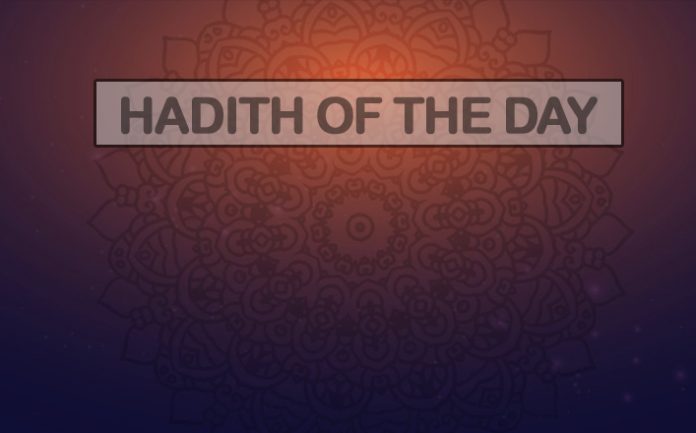“The Prophet (sal Allahu alaihi wa sallam) used to stand by a tree or a date-palm on Friday (to give the Khutbah/sermon). Then an Ansari woman or man said, ‘O Messenger of Allah! Shall we make a pulpit for you?’ He replied, ‘If you wish.’ So they made a pulpit for him and when it was Friday, the Prophet (sal Allahu alaihi wa sallam) sat on the pulpit (to deliver the Khutbah) and the trunk of the date-palm on which he used to recline cried out as if it would split asunder.” Another narration states: “It cried like a child and the Prophet (sal Allahu alaihi wa sallam) descended (from the pulpit) and embraced it while it continued moaning like a child being quietened. The Prophet (sal Allahu alaihi wa sallam) said, ‘It was crying for (missing) what it used to hear of Dhikr near it.’” [Sahih Bukhari]
Ibn Hajar said that there is proof in this hadith that Allah (subhana wa ta’ala) can bless lifeless things with an exceptional sense or feeling like that of creatures.
This hadith additionally indicates one of the various supernatural occurrences of the Messenger of Allah (sal Allahu alaihi wa sallam). The majority of Allah’s creation ashore, in ocean, in water, noticeable all around and everywhere throughout the universe, worships Allah (swt). It is just people and jinn that can overlook and ignore Allah.
A Muslim is in this manner in congruity with the whole universe that worships Allah (subhana wa ta’ala). Regardless of whether the world contains non-Muslims, the enliven and lifeless powers backing a Muslim are far more noteworthy.
Ibn Hajar al-Asqalani was a medieval Shafiite Sunni scholar of Islam who speaks to the whole domain of the Sunni world in the field of Hadith. He was born in Cairo in 1372 CE and both of his folks kicked the bucket in his earliest stages.
Ibn Hajar was joined up with Quranic studies about when he was five. Here he exceeded expectations, learning Surah Maryam in a solitary day, and advanced to the remembrance of writings, for example, the condensed form of Ibn al-Hajib’s work on the establishments of fiqh. When he went to Makkah at 12 years old, he was viewed as competent to lead the Tarawih Salah’s during Ramadan. In 1397, at the age of 25, he wedded Anas Khatun, who was a hadith master in her own right, holding ijazas from Zayn ad-Din al-Iraqi. She gave commended open addresses to hordes of Ulema, including as-Sakhawi.
Ibn Hajar proceeded to be named in the position of Egyptian chief-judge (Qadi) a few times, and created in excess of fifty books on hadith, history, memoir, Quranic explanations (tafsir), poetry and Shafi’i law. Ibn Hajar is the creator of the analysis on Sahih Bukhari, known as Fath al-Bari, which is the most esteemed editorial on Sahih Bukhari.
As indicated by historian Ibn Iyaas, “the best celebration of the age” was held in Egypt on the fulfillment of this work. Ibn Hajar passed away at the age of 79. His funeral in Cairo was attended by an expected fifty thousand individuals, including the Sultan and the Khalifa.







